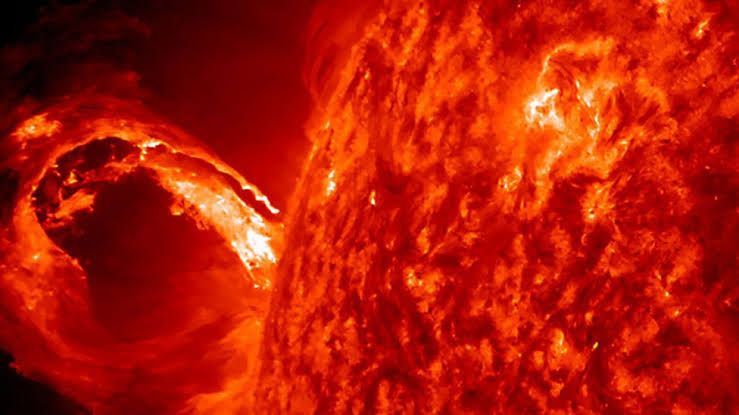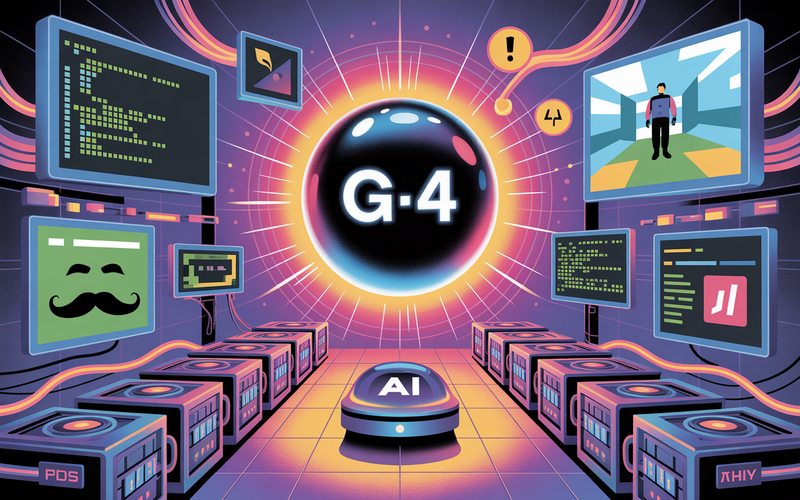Solar Superstorms and the Fear of an 'Internet Apocalypse': What You Need to Know
In the digital age, where the Internet has become an integral part of our daily lives, it's not surprising that any potential threats to this essential utility gain substantial attention. The most recent buzz revolves around an "Internet Apocalypse," incited by rumors of a potential solar

In the digital age, where the Internet has become an integral part of our daily lives, it's not surprising that any potential threats to this essential utility gain substantial attention. The most recent buzz revolves around an "Internet Apocalypse," incited by rumors of a potential solar superstorm.
A solar superstorm, or solar storm, refers to the energy release from the sun, manifesting in events such as solar flares or solar winds. These phenomena can affect Earth's magnetosphere, significantly impacting our technology-dependent world. A release by NASA details the potential impacts of such solar activities, emphasizing how they can disrupt not only the internet but also affect other aspects of our daily life such as power grids, oil and gas pipelines, GPS navigation systems, and even radio communication systems.
A widely cited example of such an incident is the Hydro-Québec power network failure in 1989. Triggered by a Coronal Mass Ejection (CME) from the Sun, the subsequent geomagnetic storm caused a power outage that lasted over 9 hours and affected over 6 million people.
In today's interconnected world, any disruption to the internet can have far-reaching effects. Sangeetha Abdu Jyothi, a computer science expert from the University of California, examined the impact of solar storms on the world's Internet infrastructure. His research suggests that a solar superstorm capable of causing a significant internet outage has a likelihood between 1.6% and 12% over a decade.
These storms could potentially damage satellites, power grids, and other critical infrastructure, including the backbone of our internet: submarine cables. Abdu Jyothi's research concludes that submarine cables are at a higher risk compared to land-based cables, with the United States being at the forefront of internet disruption risk.
Despite this, James Ball, author of "The System: Who Owns the Internet, and How It Owns Us," argues that the threats to the internet are more likely to be terrestrial than extraterrestrial, citing concerns over infrastructure that are currently not adequately prepared to handle.
While NASA has detailed the potential impacts of solar activity and their efforts to predict powerful solar storms, they have not issued any specific warnings of an imminent "Internet Apocalypse." Nevertheless, social media platforms have seen a surge in conversations revolving around this topic.
As we approach the next 'solar maximum,' expected in 2025, the fear of an 'Internet Apocalypse' seems to gain more traction. Despite this, scientists expect an 'average' amount of activity through the rest of the solar cycle.
In conclusion, while an internet-disrupting solar storm is statistically possible, it's not yet a cause for widespread panic. As technology advances, the need for protective systems, better infrastructure, and proactive measures to safeguard against such potential threats becomes increasingly important. Researchers, international organizations, and governments worldwide must work together to develop a unified approach to handle and mitigate the potential impacts of solar storms.




